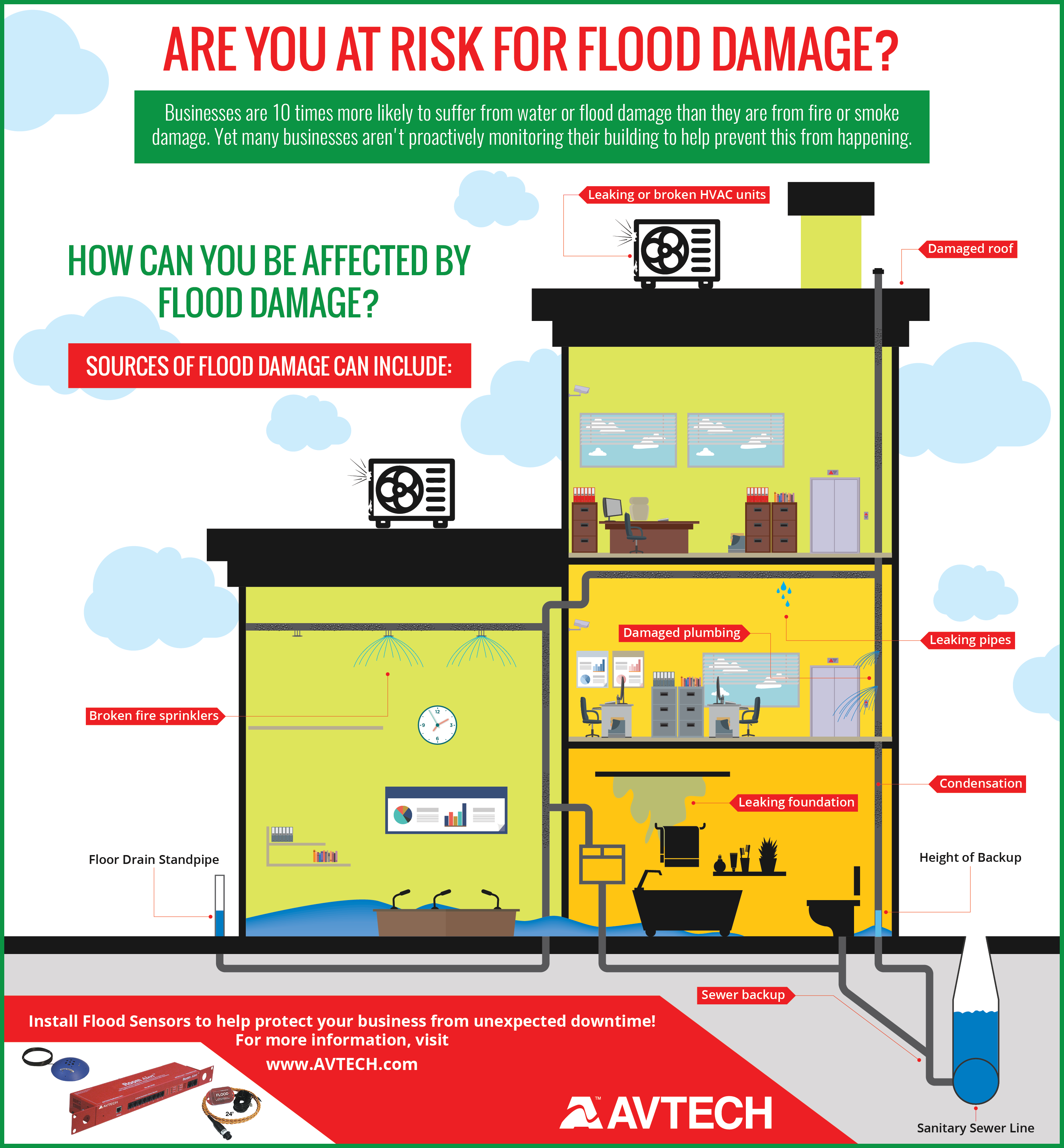Learn How Different Climate Condition Affect Your Roof Installment And Make Certain A Task Well Done
Learn How Different Climate Condition Affect Your Roof Installment And Make Certain A Task Well Done
Blog Article
Material Develop By-Dam Langley
When it concerns roof covering installments, the weather can make or damage the job. Think of the stress of taking care of materials that will not comply because of severe warmth or battling slippery surfaces triggered by unexpected rainfall. Comprehending the impact of weather conditions on your roofing project is important for a successful outcome. So, allow's explore exactly how various weather components can affect the high quality and longevity of your roofing system installment, ensuring a job well done.
Impact of Temperature Level on Roofing Installment
When it involves roof covering installation, temperature level plays an essential role in the process. The ideal temperature level for roof covering tasks typically falls in between 45 and 85 degrees Fahrenheit. Extreme warmth can trigger materials like shingles to end up being as well pliable, resulting in prospective damages throughout installment. On the other hand, cool temperature levels can make products fragile and susceptible to breaking. It is very important to arrange roof covering installments during moderate temperature levels to make certain the most effective end result.
During chillier climate, specialists may require to take added safety measures such as utilizing warmed equipment or allowing products to warm up prior to installation.
In contrast, hot weather might call for work to be done earlier or later in the day to prevent the peak temperatures. By considering the temperature level and its results on roofing materials, you can aid guarantee a successful installation that will certainly withstand the elements for many years to come.
Result of Rainfall on Roof Projects
Roof covering tasks can be substantially affected by rainfall, impacting both the timeline and the quality of the installment. Rain or snow can develop unsafe problems, making it dangerous for roofing professionals to work with a wet surface area. Furthermore, https://remingtonjeysn.atualblog.com/35962776/yearning-to-uncover-the-reality-behind-common-roof-covering-myths-that-could-be-costing-you-discover-the-fact-and-protect-your-home-properly can endanger the bond of materials like roof shingles or underlayment, resulting in prospective leakages or problems in the future.
If it rains during a roof job, the water can permeate right into at risk locations, triggering hold-ups as the setup team must wait on the roofing system to dry prior to continuing. Excessive moisture can additionally promote the growth of mold and mildew, more threatening the honesty of the roofing.
To prevent these concerns, it's suggested to set up roof tasks during drier periods or check the weather forecast carefully to plan about any type of possible rainstorms. By taking preventative measures to work in beneficial climate condition, you can guarantee a smoother and extra successful roof covering installment process.
Influence of Wind Rate on Installation Success
During roof setup, the speed of the wind plays a critical function in identifying the success of the project. High wind speeds can present considerable challenges to contractors, potentially bring about safety and security dangers and top quality problems. When wind rates surpass suggested limitations, it comes to be tough to handle products, increasing the danger of crashes and damage to the roofing materials. Solid gusts can likewise affect the precision of measurements and the accuracy required for proper setup.
To make certain an effective roofing installment, it's necessary to keep track of and take into consideration wind speeds. Preferably, roofing installment must occur on days with low to moderate wind rates. This not just boosts the security of the employees but also boosts the general top quality of the setup.
Roof jobs set up during calm weather are more likely to be completed efficiently and with fewer mistakes. By paying attention to wind speed projections and planning appropriately, you can help make sure a smooth and effective roof covering installment procedure.
sky roofing and building , when it involves roofing system setup, remember to consider the weather conditions to make certain a successful job. Optimum temperatures, dry conditions, and moderate wind speeds are vital variables to focus on for a smooth installation procedure. By scheduling your project throughout the most effective periods and suitable climate condition, you can achieve a long lasting and lasting roofing system that will secure your home for many years to come.
